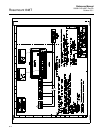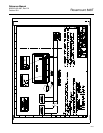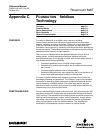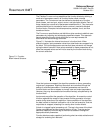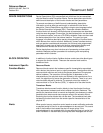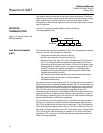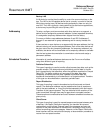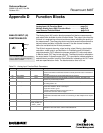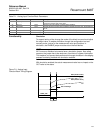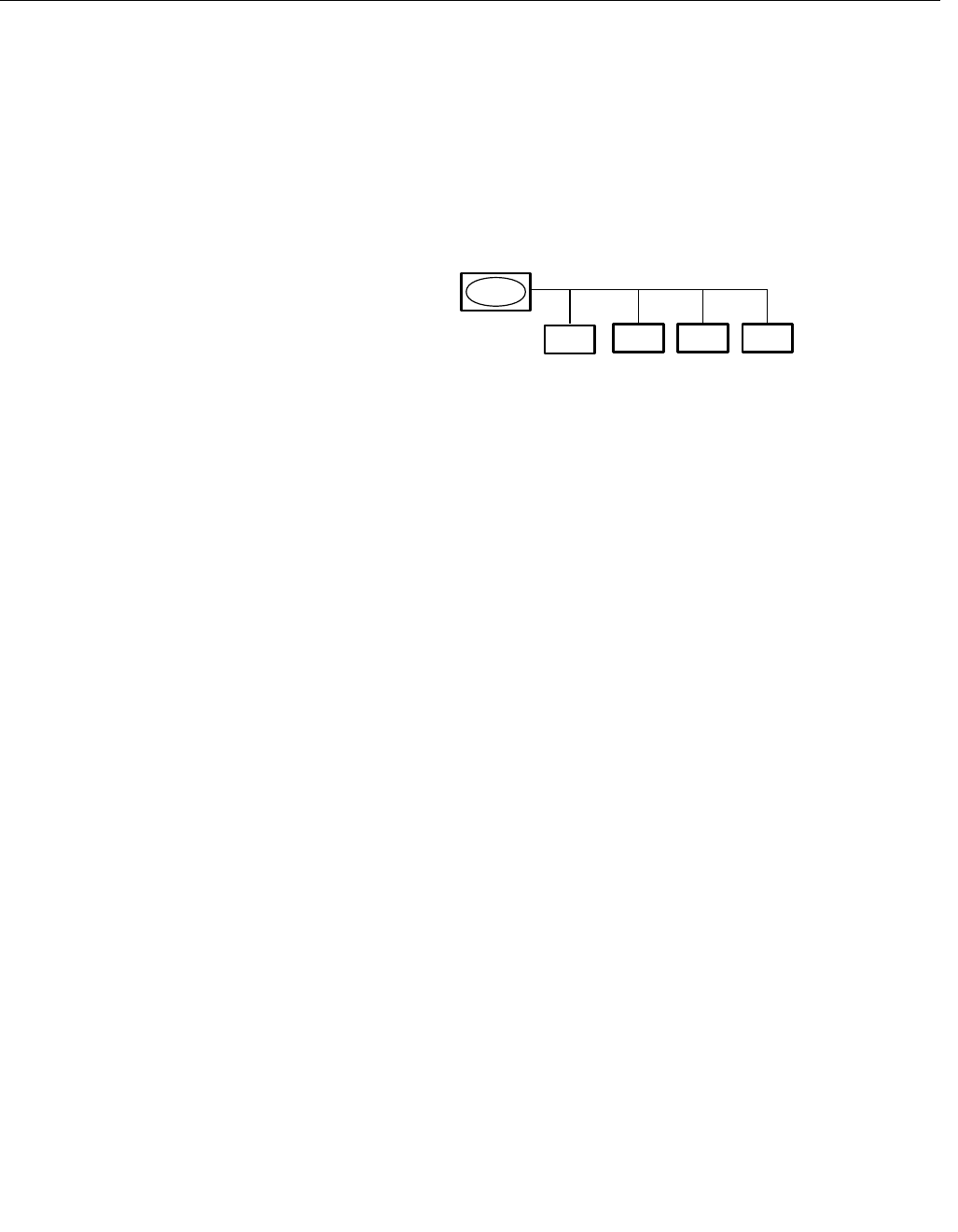
Reference Manual
00809-0100-4697, Rev EA
October 2011
Rosemount 848T
C-4
Two types of alerts are defined for the block: events and alarms. Events are
used to report a status change when a block leaves a particular state, such as
when a parameter crosses a threshold. Alarms not only report a status
change when a block leaves a particular state, but also report when it returns
back to that state.
NETWORK
COMMUNICATION
Figure C-2 illustrates a simple fieldbus network consisting
of a single segment (link).
Figure C-2. Simple, Single-Link
Fieldbus Network
Link Active Scheduler
(LAS)
All links have one Link Active Scheduler (LAS). The LAS operates as the bus
arbiter for the link. The LAS does the following:
• recognizes and adds new devices to the link.
• removes non-responsive devices from the link.
• distributes Data Link Time (DL) and Link Scheduling Time (LS) on the
link. DL is a network-wide time periodically distributed by the LAS to
synchronize all device clocks on the bus. LS time is a link-specific time
represented as an offset from DL. It is used to indicate when the LAS
on each link begins and repeats its schedule. It is used by system
management to synchronize function block execution with the data
transfers scheduled by the LAS.
• polls devices for process loop data at scheduled transmission times.
• distributes a priority-driven token to devices between
scheduled transmissions.
Any device on the link may become the LAS. The devices that are capable of
becoming the LAS are called Link Master devices (LM). All other devices are
referred to as basic devices. When a segment first starts up, or upon failure of
the existing LAS, the link master devices on the segment bid to become the
LAS. The link master that wins the bid begins operating as the LAS
immediately upon completion of the bidding process. Link masters that do not
become the LAS act as basic devices. However, the link masters can act as
LAS backups by monitoring the link for failure of the LAS and then bidding to
become the LAS when a LAS failure is detected.
Only one device can communicate at a time. Permission to communicate on
the bus is controlled by a centralized token passed between devices by the
LAS. Only the device with the token can communicate. The LAS maintains a
list of all devices that need access to the bus. This list is called the “Live List.”
Two types of tokens are used by the LAS. A time-critical token, Compel Data
(CD), is sent by the LAS according to a schedule. A non-time critical token,
pass token (PT), is sent by the LAS to each device in ascending numerical
order according to address.
LAS
Basic Devices and/or link master devices
Link Master
Fieldbus Link



